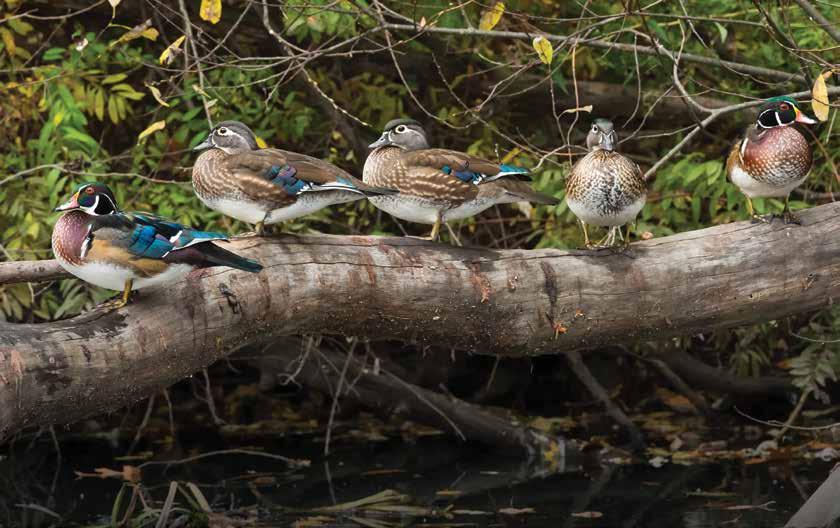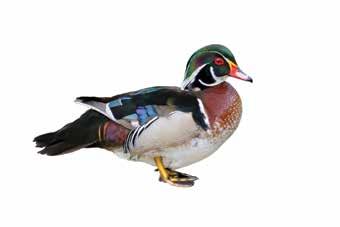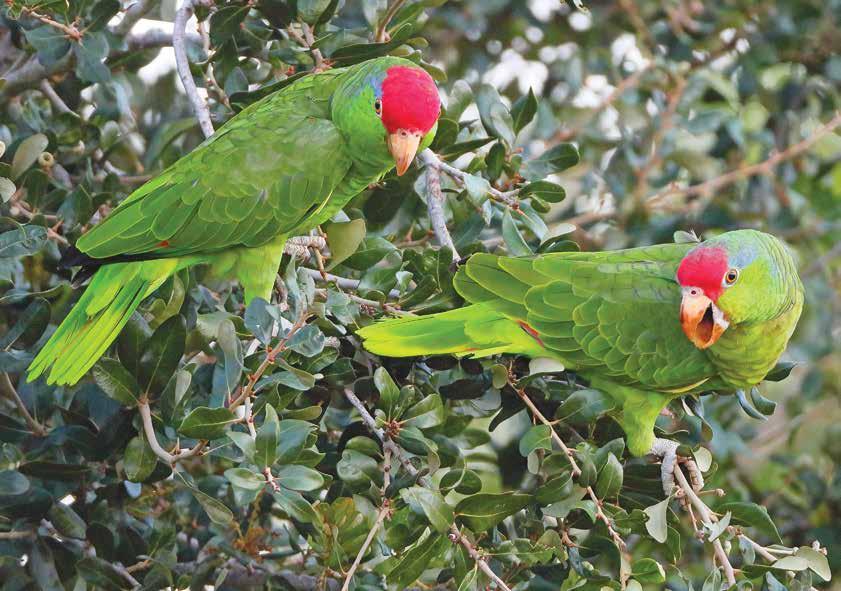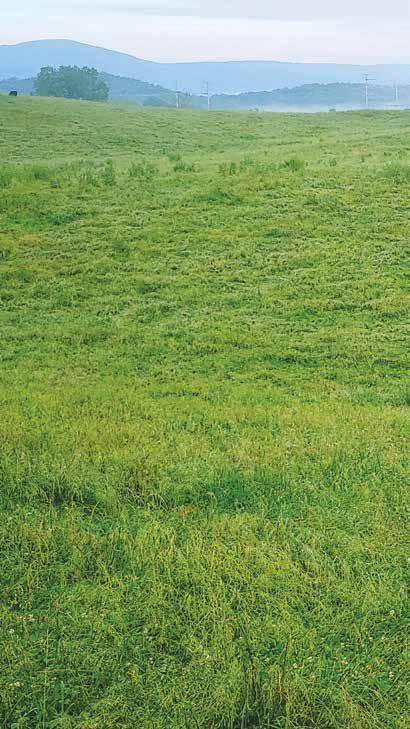
3 minute read
Back to Laysan
Chris Farmer George Wallace
Known from just two far-flung Hawaiian islands, the Endangered Millerbird derived from a Pacific Island reed-warbler ancestor that arrived around 2.3 million years ago. Starting in the 1890s, however, human activities and introduced rabbits destroyed all the habitats on Laysan Island, resulting in extinction of the Laysan Millerbird subspecies and other species. Later, invasive plants further transformed the island. That left the island of Nihoa as the Millerbird’s last stand. Following many years of habitat restoration by the U.S. Fish and Wildlife Service, invasive species have been largely controlled on Laysan, which paved the way for the Millerbird’s reintroduction there. Working with federal, state, and nonprofit colleagues, ABC biologists Chris Farmer and George Wallace helped capture, translocate, and release Millerbirds from the Nihoa population to Laysan. This is Chris and George’s story, in their own words.
[GEORGE:] In conservation, you can do nothing and rare species may go extinct, or you can give it your best shot. The Millerbird was wellstudied and relocation had been recommended for a while. [CHRIS:] ABC became involved in this project in 2010, building on the work of many others. Conducting a successful translocation required multiple trips over multiple years, including prep work, moving the birds, then doing post-release monitoring. In 2010, we captured Millerbirds in mistnets on Nihoa and tested holding cages and diet. In 2011, we worked with the team to translocate some birds to Laysan.
We thought bringing the bird back to Laysan was necessary.
[GEORGE:] During the first translocation, we were really concerned about sea conditions between Nihoa and Laysan and how the birds would fare. To get to Laysan, it is nearly 650 miles on a slow boat from Nihoa. Our trip was mirror-calm the whole way. Truly amazing. I was also part of the second translocation in 2012, and later returned to Nihoa and Laysan for surveys to see how the birds are doing.
[CHRIS:] The two translocations couldn’t have gone better. The 50 birds we released did great on Laysan in a massive thicket of naupaka, a thickleafed, ground-hugging plant. They loved it — although it made it hard to find them later! We had constructed supplemental feeding stations, but the Millerbirds had no trouble finding food in their new homes.
Then we landed on the island by Zodiac. They were even snapping flies off our hands as we held the birds, preparing them for release.

[CHRIS:] Conserving Hawai‘i’s biodiversity is difficult due to all the threats. However, on Laysan the decades of hard work from dozens of people in many agencies were transformed into an inspirational victory. This little bird has proven to be robust: Its population has increased over three-fold.
This project continues to be a critical component of ABC’s efforts to ramp up our work in Hawai‘i and shine a bright light on conservation issues here.
Get Your Ducks in a Row... ... with a Legacy Gift to American Bird Conservancy.

We have hope for the future of birds in the Americas, thanks in part to ABC’s Legacy Circle — a special group of our supporters who have made a bequest from their estate to ABC. Collectively, these individuals share a vision of a better future for birds, their
habitats, and the environment as a whole, and have made a personal commitment to support ABC’s bird conservation efforts for years to come.
Will you please join with them by including ABC in your estate plans?

Wood Duck drake by clarst5, Shutterstock
If you are interested in more information about how to leave a legacy of bird conservation, or if you have already remembered ABC in your will, or as a beneficiary of a trust, IRA, or insurance plan, please contact Jack Morrison, ABC Director of Major Gifts and Planned Giving, at jmorrison@abcbirds.org or 540–840–7893.
P.O. Box 249 The Plains, VA 20198 abcbirds.org 540-253-5780 • 888-247-3624
Although listed as globally Endangered by the International Union for Conservation of Nature, the Red-crowned Parrot is only weakly protected in its U.S. populations. Photo by Greg Homel, Natural Elements Productions






